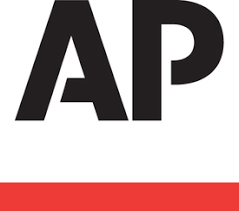These regulations address several aspects of the 7 key areas identified in iFoster’s Lived Experience Guide to Fixing Foster Care 2023
“These regulations address several aspects of the 7 key areas identified by the foster care community in iFoster’s Lived Experience Guide to Fixing Foster Care 2023””— Serita Cox, Co-Founder & CEO
TRUCKEE, CALIFORNIA, UNITED STATES, September 29, 2023 / EINPresswire.com / — Earlier this week, the Biden-Harris Administration released 3 regulations intended to strengthen services and supports for children and families in the child welfare system.
1. Support Kinship caregivers by allowing states to simplify the process for kinship caregivers to become foster care providers and require that states provide these family members with the same financial support that any other foster home would receive.
2. Require that every state’s child welfare agency ensure that LGBTQI+ children in their care are placed in foster homes where they will be protected from mistreatment related to their sexual orientation or gender identity, where their caregivers have received special training on how to meet their needs, and where they can access the services they need to thrive.
3. Allow child welfare agencies to use federal funds to expand access to legal services for families who need access to a lawyer to achieve stability.
“On behalf of our national foster community, iFoster applauds these actions. These regulations address several aspects of the 7 key areas identified by the foster care community in iFoster’s Lived Experience Guide to Fixing Foster Care 2023 ”, said Serita Cox, CEO of iFoster.
The Lived Experience Guide to Fixing Foster Care 2023 is a call to action from the over 6,000 members of the foster care community (Youth, Caregivers and Frontline Workers), across all 50 states who participated in the 2022 and 2023 Voice of the Community research reports.
The overarching theme of the guide is that the child welfare system is not a person-centered system, focused on the well-being of each individual child, and it needs to be. Whether a child spends a day, a week, a year, or longer, in the child welfare system, the well-being of every child needs to be the principal focus. Anchoring on the child would lead to changes in prevention activities, in what are acceptable placements and caregivers, in the workloads and priorities of frontline workers, and in the choice of exit pathways for children and youth in care. Each child’s situation and needs would be evaluated on a case-by-case basis instead of a one-size-fits-all approach.

